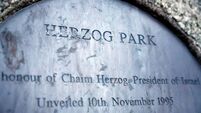Auction at Lotabeg House includes ‘rare, politically sensitive’ photos of brutal 1912 Chinese revolution
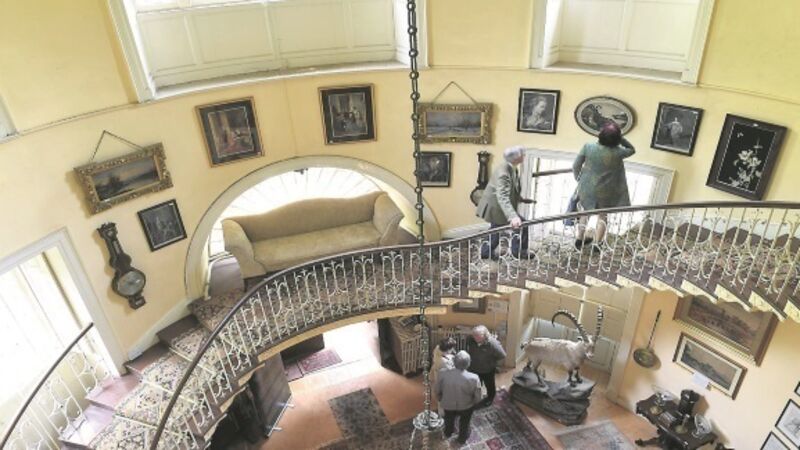
Taken by Captain Jack C Hart, the brother of former Lotabeg owner Vincent Hart, in Peking during the 1912 Chinese revolution, the images depict beheadings and victims of torture as well as scenes from the daily lives of Captain Hart’s colleagues in the British Army.
“He was able to take the photographs because he was in the army,” auctioneer George Mealy jnr said.
“A Chinese person attempting to photograph these scenes would certainly have met the same fate as the bodies in the picture.”
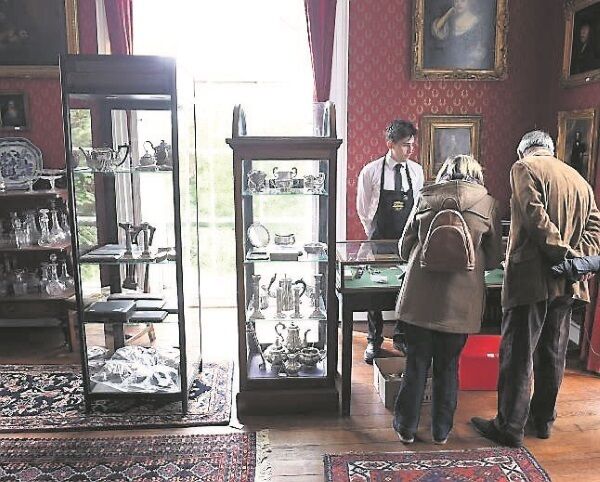
Mr Mealy said that this lot, 559, was receiving a lot of international interest. “These photographs are politically sensitive, and very rare: the Chinese government has worked very hard to suppress this kind of information.”
More than 3,000 visitors are expected to visit the house over the three viewing days, Mr Mealy said. At €20 for a catalogue admitting two, the open house event alone is set to raise €90,000 before so much as a cut-glass decanter has been sold.
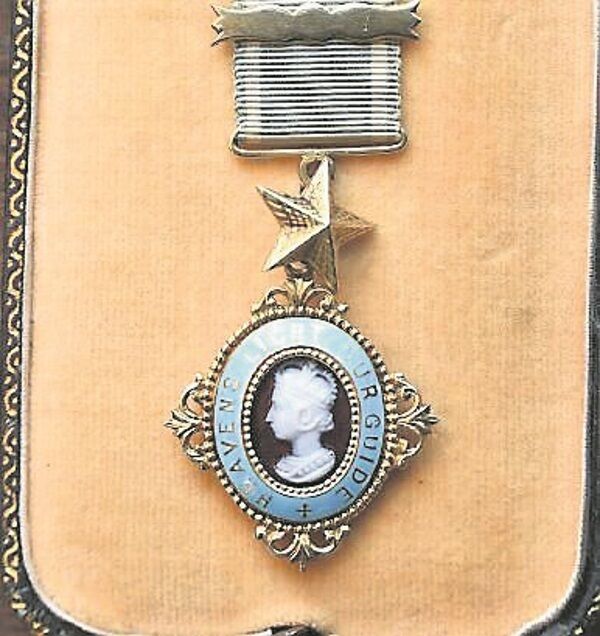
With a preparation time of two months simply to catalogue and display the house contents and with a small army of keen-eyed auctioneer’s assistants on hand to answer questions and prevent damage, this figure will only go some way towards the costs of arranging an auction expected to generate in excess of €1m.
Lotabeg was designed by architect Abraham Hargrave, who also designed St Patrick’s Bridge, and Castlehyde, Michael Flatley’s house, and was purchased for Vincent Hart as a gift by his father, who managed the Queen’s Old Castle department store for 23 years.
Watching the public traipse through the house, it was impossible not to wonder what the Harts would make of the hoi polloi coming in and snooping through their roll-top desks, scrapbooks and silverware.
“The family is keen to move on,” Mr Mealy said. “They want a fresh start, so we are under instruction to sell as much of the contents of the house as we can.”
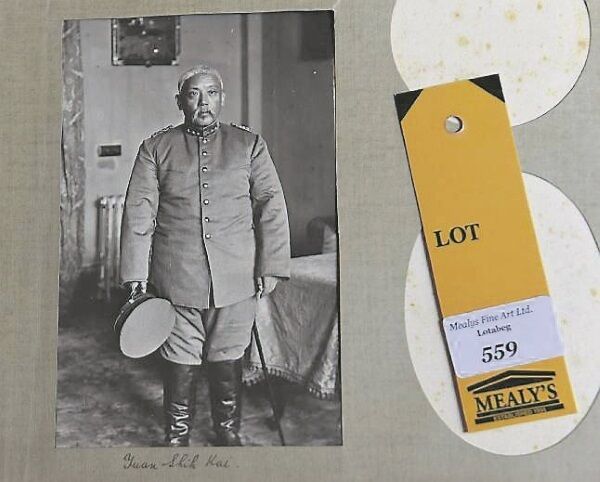
The visitors were a mix of well-heeled private collectors who had travelled from as far away as France to indulge their passion for art, curious locals, and dealers with a professional interest in the more valuable items, such as the George IV and William IV period furniture.
In the stone-flagged basement, trunks on display had evocative ‘British India steamer company’ labels still attached. In the wine cellar, bottles of 1952 Chateau Mouton de Rothschild rubbed shoulders with bottles of Dom Perignon obviously bought by more recent occupants of the house.
A Cork man was examining a room full of children’s tricycles and prams. “I’m just pretending I‘m in Downton Abbey,” he said.
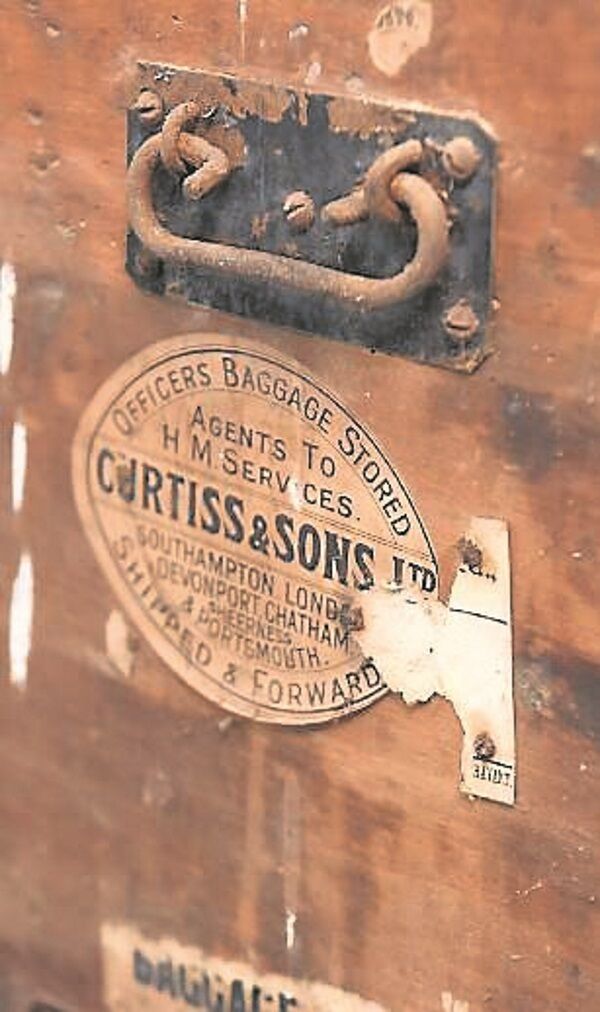
“I’m not a collector or anything, I live close by so I just came in for a look, purely out of curiosity.”
When the key turns in the lock on Lotabeg house, it will turn not only on a family history but on an epoch, replete with the trappings of colonialism.
Lotabeg is open to the public again today. The auction will be held tomorrow at Silver Springs Conference Centre.








